This is the fourth in a series of educational articles about heraldry in Calontir.
A previous article covered the basic requirements for registerable names, but where do you find a good name?
It’s very helpful if you have already decided on a persona with a defined culture and time period. In that case, you can look through on-line references for your culture at:
SCA College of Arms, Names Articles – http://heraldry.sca.org/names.html
Medieval Names Archive – https://www.s-gabriel.org/names/
If you don’t know what culture you want, there are a few options.
One, find a period version of your real name, a family name, or the name of someone else important to you.
Two, pick a name that was used in many different cultures. A name like Elizabeth was popular all across medieval Europe (with variations) so you could use it for many different personas.
Third, explore the Database of Medieval Names or the Dictionary of Medieval Names from European Sources (DMNES). These sources collect names from multiple cultures in one place, so you can see what sort of names you like. Often, you’ll find that a certain culture has multiple names that appeal to you – a useful clue about what persona you might want to adopt.
Fourth, wander around events without a name until your friends give you one. Such names are usually fun and descriptive and come with good stories, although they can be devilishly hard to document after the fact (unless your friends happen to be heralds).
Unfortunately, baby names books and websites usually do not have historical spellings, much less dates. History textbooks and Wikipedia have dates, but often have modernized or anglicized the spelling of names. For example, Charles I of Spain was actually called Carlos in Spanish. A good book will explain in the Table of Contents how they dealt with “foreign” names. If you’re not sure of the source, look for the name in one of the websites listed above to document it better.
Once you find a name you like, make sure to record where you found it, with the date. You’ll want that for the paperwork when you want to register it.
Whatever your inspiration, the heralds of Calontir are ready to help. Find us on-line or bring your ideas to a consult table and show us what you’ve got!
Heraldic Helpers – http://falconbanner.gladiusinfractus.com/2017/09/09/heraldic-helpers/
Virtual Consult Table – http://falconbanner.gladiusinfractus.com/2017/10/07/calontir-virtual-consult-table/
At your service,
Sofya la Rus, Habicht Herald
Calontir Heraldic Education Deputy
habicht@calontir.org

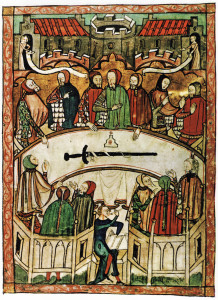

 In 1356 the City of Bologna’s first city clock is unveiled. Installed in the Palazzo Capitanato at the Piazza, it strikes the hours for the first time on this day.
In 1356 the City of Bologna’s first city clock is unveiled. Installed in the Palazzo Capitanato at the Piazza, it strikes the hours for the first time on this day. A remarkable love letter, dated February 14, 1477, was written by Margaret Brews to her betrothed, John Paston. In it, she addresses John as “my ryght welbeloued Voluntyn,” making the letter the earliest known Valentine’s Day greeting.
A remarkable love letter, dated February 14, 1477, was written by Margaret Brews to her betrothed, John Paston. In it, she addresses John as “my ryght welbeloued Voluntyn,” making the letter the earliest known Valentine’s Day greeting.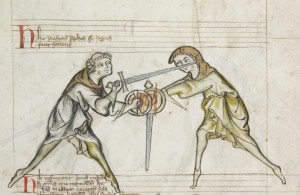
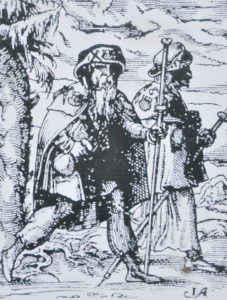
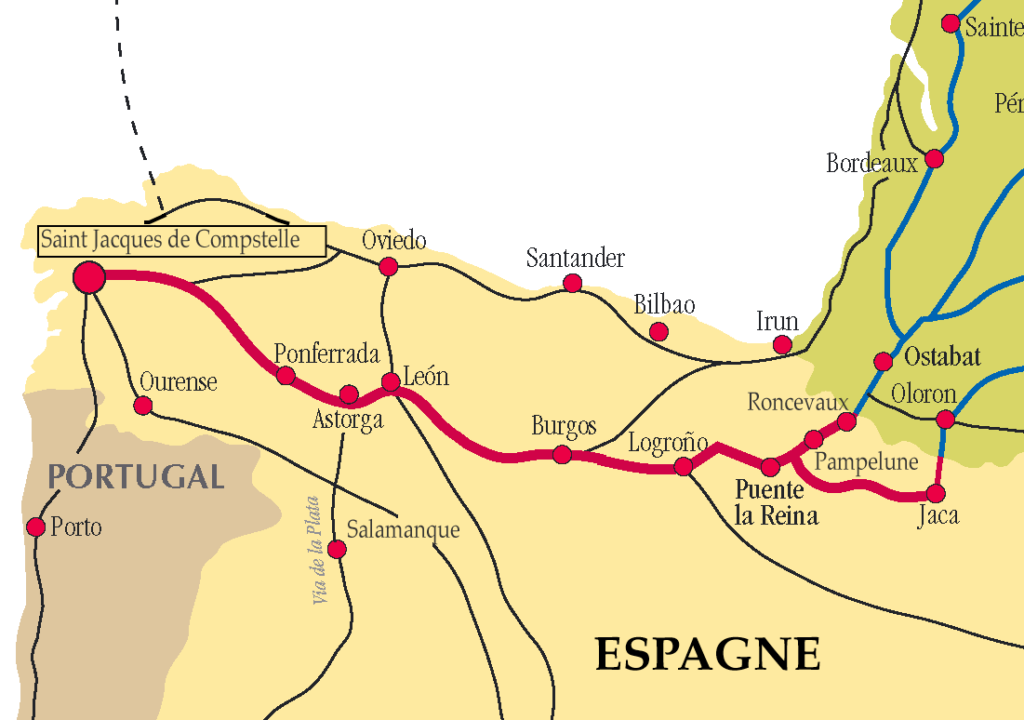
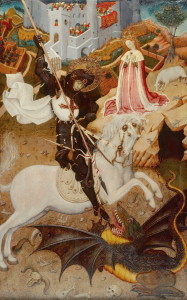
You must be logged in to post a comment.